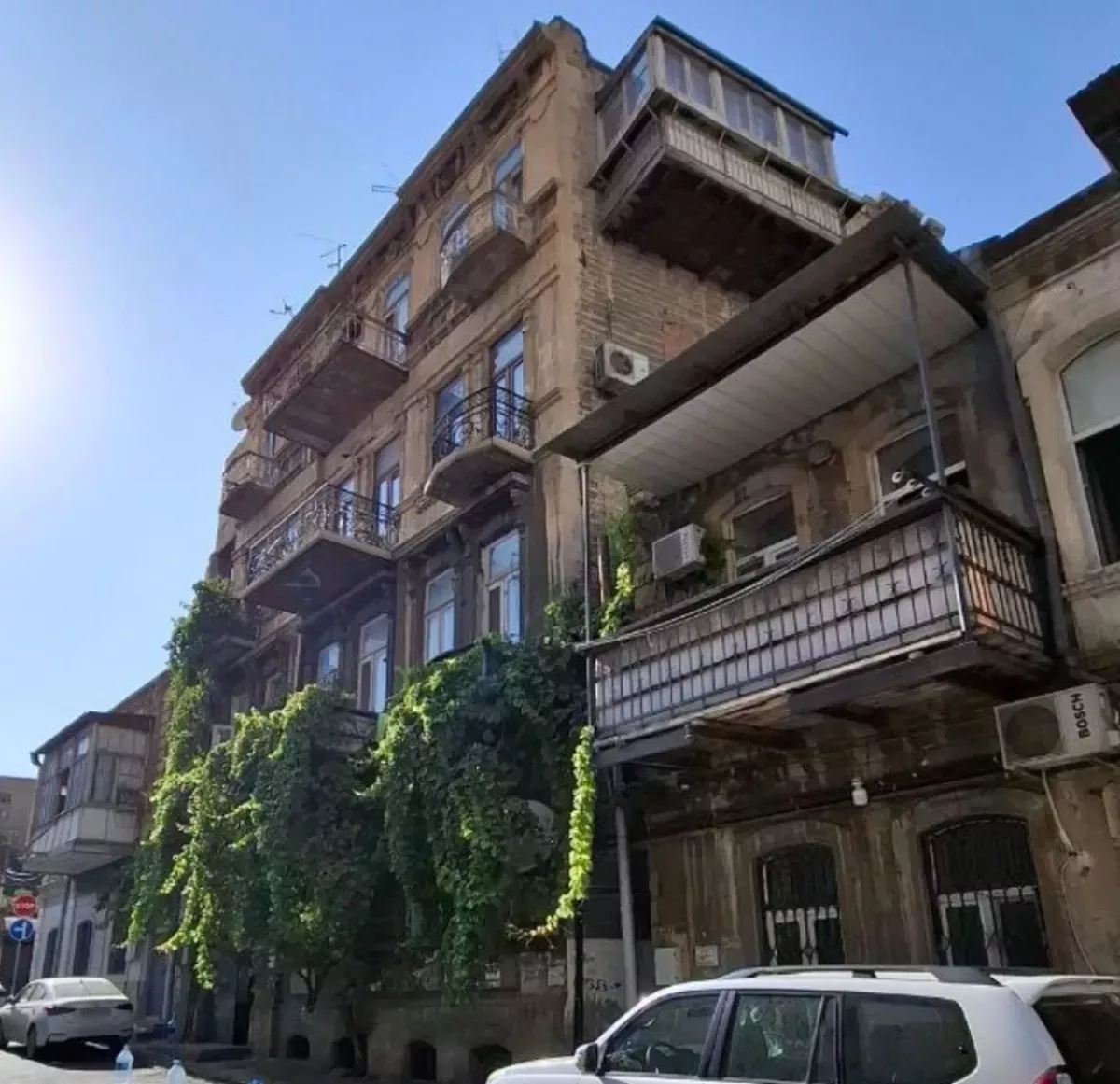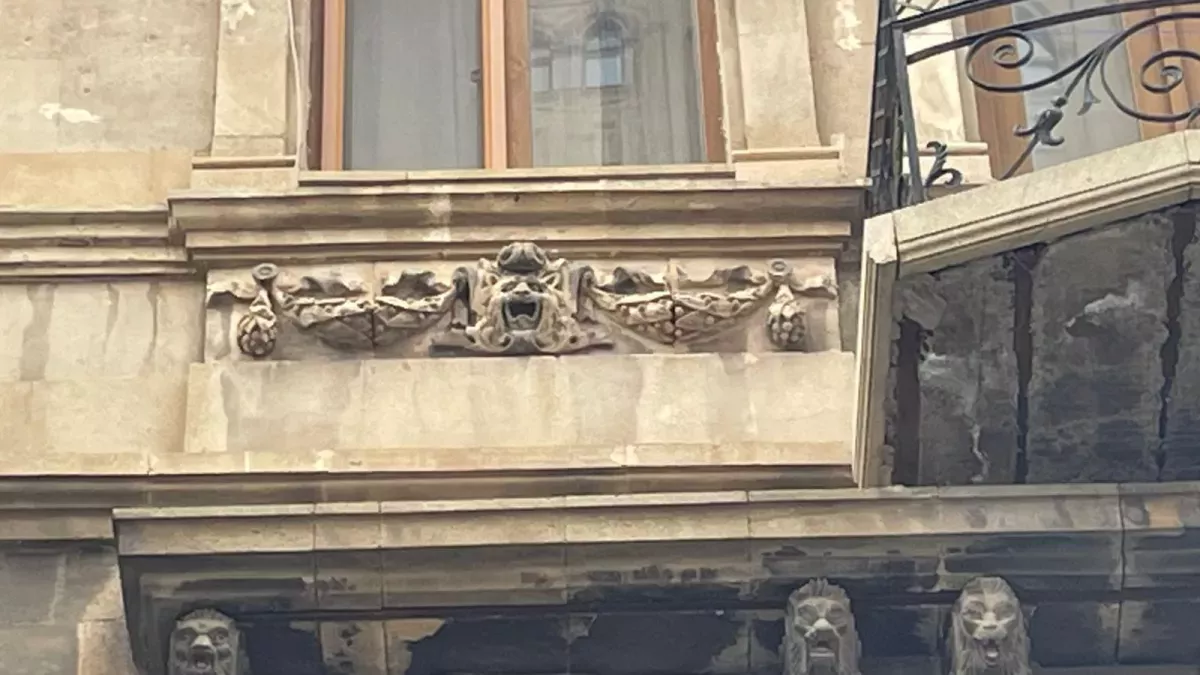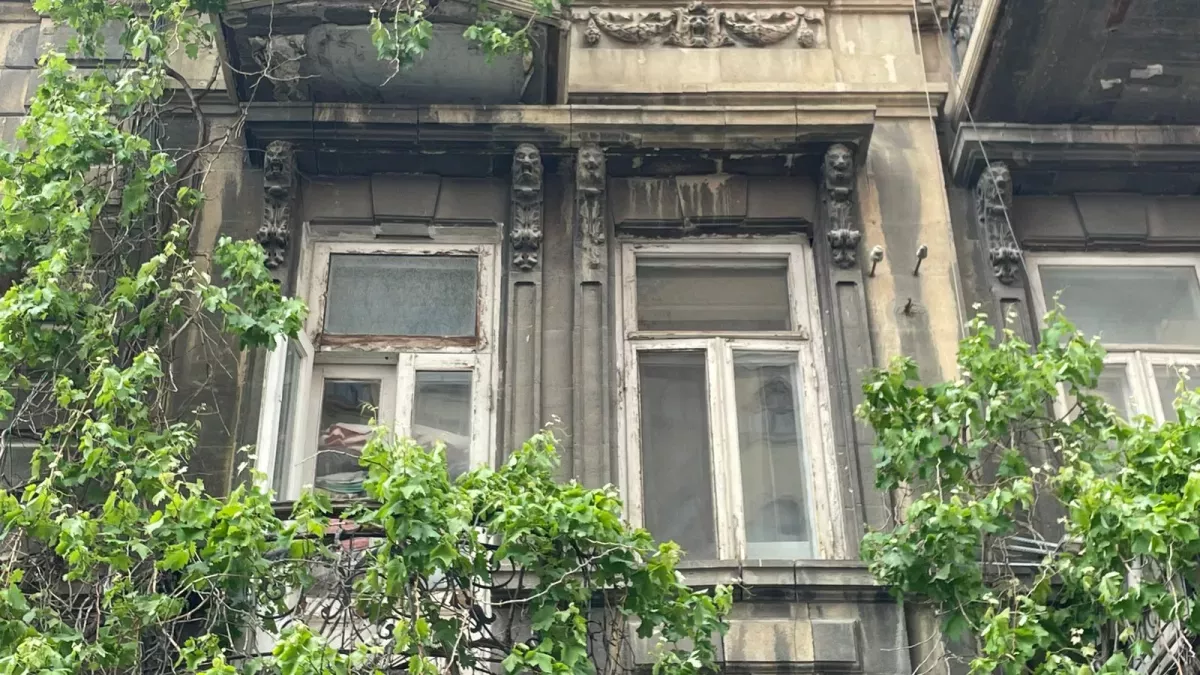Masterpieces of oil boom: Architectural heritage of Baku's Vidadi street A journey through history
At the beginning of the 20th century, Baku’s architectural landscape underwent a rapid transformation under the influence of the oil boom. The city was adorned with opulent mansions, profitable apartment houses, and public buildings that reflected the ambitions of a new era. Architects experimented boldly with styles, blending elements of Art Nouveau, eclecticism, Gothic and neoclassicism. These buildings stood out for their elegant façades, ornate stucco, carved balconies and carefully designed decorative details. Many of them still grace the city’s streets, serving as reminders of Baku’s “golden age” of architecture.

One of the most beautiful buildings of that period is Huseynov’s house on Church Street (later Proletarskaya, now Vidadi Street), situated opposite the Church of Michael the Archangel. Built in 1910, it remains an important part of the city’s architectural heritage to this day. Unfortunately, little is known about Huseynov himself; it is only recorded that he served as a member of the City Duma.
The building is distinguished by its expressive architecture and original spatial design. Its plastic façade, richly decorated with ornamental details, makes it a true work of art. Vertical risalits accentuate the upward thrust of the structure, while the stone elements impress with their craftsmanship and depth of relief.

Among the decorative motifs are carved lion masks with wide-open jaws, symbolising strength, power and nobility, alongside floral ornaments that embody spring and renewal. Completing the composition are plaster figurines of guardian angels, watching over and blessing those who pass.
The strict rhythm of the windows forms a harmonious façade, while the elegant wrought-iron balcony railings showcase the remarkable delicacy of workmanship. Every detail was designed with precision, creating an architectural image of wholeness and completeness.
Originally, the house was three storeys high, but an additional floor was later added without disrupting its architectural integrity or balance.
The inner courtyard was built in the style of a traditional Baku “well-yard”, creating an atmosphere of intimacy and comfort. Despite more than a century of history, the house has preserved its original beauty, with decorative elements appearing almost as if freshly carved.

Today, Huseynov’s house still carries the memory of the past. Yet, to continue inspiring future generations, it requires careful and respectful restoration to restore its former brilliance.
By the early 20th century, Baku was gradually transforming into a modern European city, with an ever-growing number of refined buildings featuring artistic façades decorated with stucco, carvings, and sculptures.
Huseynov’s house on Vidadi Street, which has retained the elegance and charm of its era, fits seamlessly into the historic fabric of the city centre. It stands as a vivid example of how European styles were reinterpreted within the local architectural tradition. Such buildings form Baku’s unique appearance, underscore the city’s rich cultural heritage, and call for a thoughtful approach to preservation.
By Vahid Shukurov, exclusively for Caliber.Az








